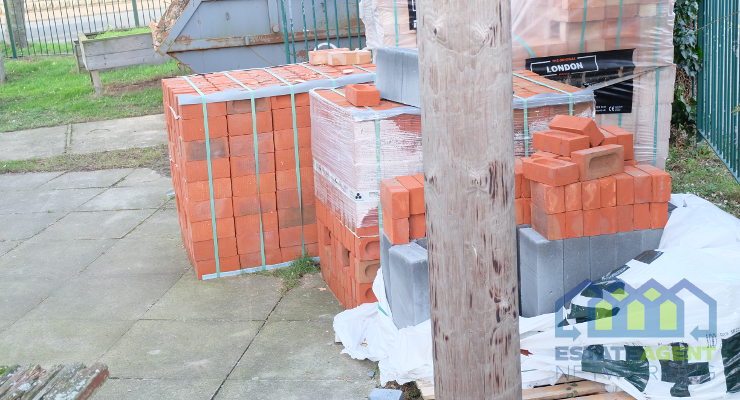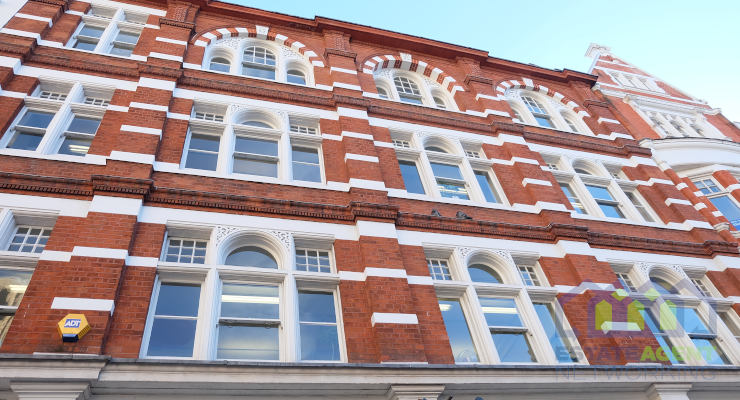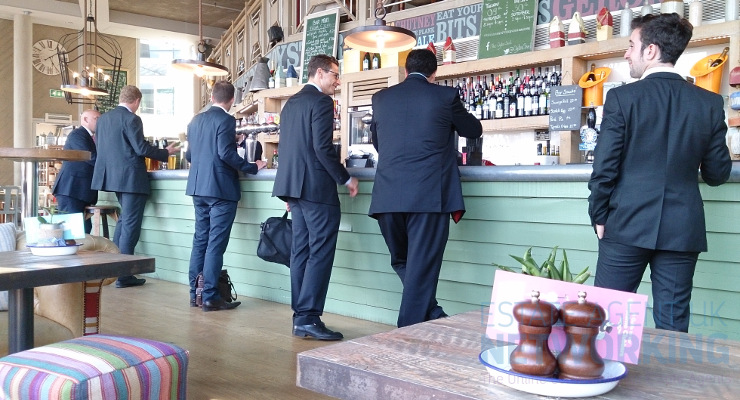Homebuyers spending as much as half of their annual salary on stamp duty tax
With the new prime minister looking to potentially transfer stamp duty to the responsibility of the home seller, research from property finance specialists, One 77 Mortgages, has looked at just how much UK homebuyers are currently paying in addition to the monumental task of saving for a mortgage deposit.
One 77 looked at the average house price across each local authority of the UK, the stamp duty payable and what percentage of the annual gross wage in these areas would be required to cover the cost.
On average across the UK, homebuyers are paying £2,089 in stamp duty on the average house price of £229,431. With the average gross annual wage at just £29,832, stamp duty accounts for 7% of the money earnt – and this is before the government takes their cut.
This doubles in London where14% of the annual gross earnings are required to cover stamp duty, in the South East it’s 19% and 14% in the East of England.
The largest across the UK is in the London Borough of Haringey, with nearly £20k payable in stamp duty, swallowing 55% of the gross annual wage of £35,015, with Hackney also seeing 55% of the average earnings required to save enough for stamp duty.
Despite considerably higher earnings, Westminster and Camden are also home to much higher property prices and both boroughs also see stamp duty costs require over 50% of the average gross salary.
Predictably London’s high property prices see the top 10 most expensive in the UK dominated by its boroughs but there are two areas from outside the capital. South Bucks and Chiltern both see home buyers in these areas fork out 41% and 43% of their annual wage on stamp duty respectively.
Elsewhere outside of the capital, Elmbridge (38%), Oxford (37%), Epping Forest (36%), Three Rivers (34%), Mole Valley (34%), Hertsmere (32%), Epsom and Ewell (32%) and Sevenoaks (31%) are amongst the areas to see the largest percentage of annual earnings required to pay stamp duty.
All in all, there are 97 areas in the UK where 20% or more of the average annual salary is required to pay stamp duty on the average house price.
Managing Director of One 77 Mortgages, Alastair McKee, commented:
“Stamp duty is often a cost that is overlooked by homebuyers when budgeting for their purchase, particularly first-time buyers, but it’s one of the more sizeable financial requirements when buying other than the mortgage deposit. Budgeting for it is essential and failing to do so can put your purchase in jeopardy.
It makes sense on the face of it to flip the responsibility of payment to the seller as they are the ones benefiting from the sale of a property and this could soon be the case should Boris push the initiative through. However, there are worries that this could dampen the enthusiasm of sellers to actually sell and could bring more detriment than benefit to the market.
There is certainly an argument to scrap it completely. It’s an archaic land tax and with the cost of buying and selling growing at such a rate, it’s yet another financial obstacle that many could do without, and many more struggle to overcome altogether.”
|
Ranking by stamp duty as a percentage of salary – UK/Countries/Regions
|
||||
|
Location
|
Average house price
|
Stamp Duty Tax
|
Annual Gross Salary
|
SDLT as % of annual gross salary
|
|
United Kingdom
|
£229,431
|
£2,089
|
£29,832
|
7%
|
|
England
|
£245,817
|
£2,416
|
£30,411
|
8%
|
|
North East
|
£127,885
|
£58
|
£25,824
|
0%
|
|
North West
|
£164,261
|
£785
|
£26,860
|
3%
|
|
Yorkshire and The Humber
|
£162,520
|
£750
|
£25,995
|
3%
|
|
East Midlands
|
£189,622
|
£1,292
|
£26,917
|
5%
|
|
West Midlands
|
£183,915
|
£1,178
|
£27,065
|
4%
|
|
East of England
|
£291,239
|
£4,562
|
£31,970
|
14%
|
|
London
|
£457,471
|
£12,874
|
£40,557
|
32%
|
|
South East
|
£323,745
|
£6,187
|
£33,025
|
19%
|
|
South West
|
£257,563
|
£2,878
|
£26,845
|
11%
|
|
Wales
|
£159,428
|
£0
|
£25,438
|
0%
|
|
Scotland
|
£152,801
|
£156
|
£28,116
|
1%
|
|
Northern Ireland
|
£134,811
|
£196
|
£25,759
|
1%
|
|
Ranking by stamp duty as a percentage of salary – All UK Local Authorities
|
||||
|
Location
|
Average house price
|
Stamp Duty Tax
|
Annual Gross Salary
|
SDLT as % of annual gross salary
|
|
Haringey
|
£583,850
|
£19,192.51
|
£35,015
|
55%
|
|
Hackney
|
£571,462
|
£18,573.09
|
£34,069
|
55%
|
|
Westminster
|
£971,552
|
£40,905.23
|
£78,077
|
52%
|
|
Camden
|
£822,741
|
£31,137.03
|
£59,807
|
52%
|
|
City of London
|
£729,967
|
£26,498.33
|
£54,498
|
49%
|
|
Brent
|
£485,225
|
£14,261.25
|
£31,140
|
46%
|
|
Hammersmith and Fulham
|
£683,804
|
£24,190.19
|
£53,065
|
46%
|
|
South Bucks
|
£601,130
|
£20,056.50
|
£47,151
|
43%
|
|
Chiltern
|
£558,113
|
£17,905.64
|
£43,481
|
41%
|
|
Islington
|
£615,316
|
£20,765.82
|
£53,340
|
39%
|
|
Ranking by stamp duty as a percentage of salary – Excluding London
|
||||
|
Location
|
Average house price
|
Stamp Duty Tax
|
Annual Gross Salary
|
SDLT as % of annual gross salary
|
|
South Bucks
|
£601,130
|
£20,056.50
|
£47,151
|
43%
|
|
Chiltern
|
£558,113
|
£17,905.64
|
£43,481
|
41%
|
|
Elmbridge
|
£566,232
|
£18,311.61
|
£48,112
|
38%
|
|
Oxford
|
£423,156
|
£11,157.81
|
£30,370
|
37%
|
|
Epping Forest
|
£456,957
|
£12,847.83
|
£35,240
|
36%
|
|
Three Rivers
|
£506,029
|
£15,301.46
|
£44,976
|
34%
|
|
Mole Valley
|
£467,774
|
£13,388.70
|
£39,857
|
34%
|
|
Hertsmere
|
£448,503
|
£12,425.16
|
£38,700
|
32%
|
|
Epsom and Ewell
|
£443,144
|
£12,157.20
|
£38,116
|
32%
|
|
Sevenoaks
|
£435,343
|
£11,767.16
|
£37,428
|
31%
|
|
*Stamp duty thresholds used for England and Northern Ireland, Land and Building Transaction Tax thresholds used for Scotland, Land Transaction Tax used for Wales.
Some areas were excluded due to a lack of available wage data. |
||||
|
Sources:
|
||||
|
Salary data
|
Gov / ONS
|
|||
|
Average
|
Gov / Land Reg
|
|||
|
House Price
|
||||
|
Stamp Duty
|
England and NI – SDLT
|
|||
|
Scotland – LBTT
|
||||
|
Wales – LTT
|
||||









